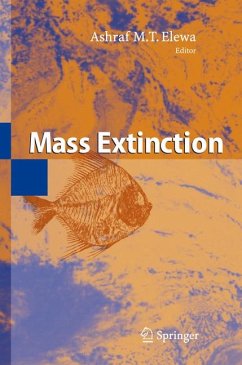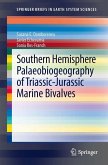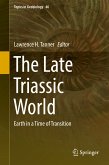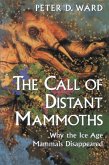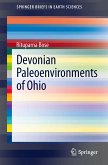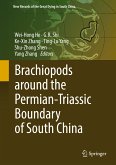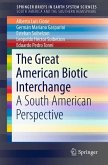The present book combines three main aspects: five major mass extinctions; contributions on some other minor extinctions; and more importantly contributions on the current mass extinction. All three aspects are introduced through interesting studies of mass extinctions in diverse organisms ranging from small invertebrates to mammals and take account of the most accepted subjects discussing mass extinctions in insects, mammals, fishes, ostracods and molluscs.
Dieser Download kann aus rechtlichen Gründen nur mit Rechnungsadresse in A, B, BG, CY, CZ, D, DK, EW, E, FIN, F, GR, HR, H, IRL, I, LT, L, LR, M, NL, PL, P, R, S, SLO, SK ausgeliefert werden.

